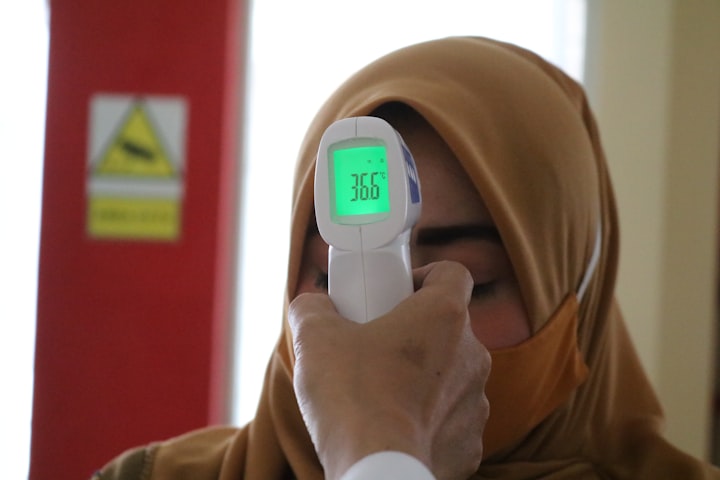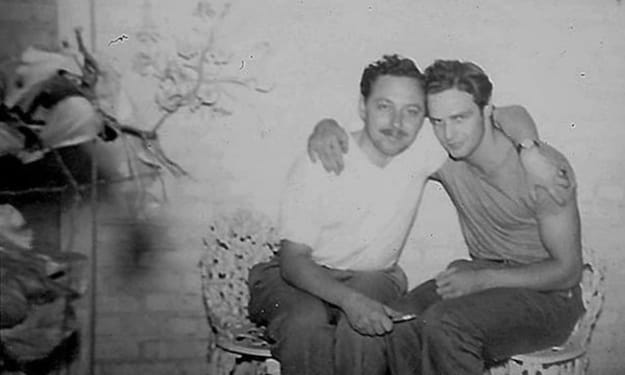Understanding Human Body Anatomy from the Back: A Comprehensive Guide
Unveiling the Intricacies: A Closer Look at Back Anatomy

The human body is a marvel of intricate design, and understanding its anatomy is crucial for various medical professionals, athletes, fitness enthusiasts, and anyone interested in holistic health. When exploring the human body's anatomy, it's essential to delve into its structure from various perspectives. In this article, we will focus on dissecting the anatomy of the back, a region vital for support, movement, and protection of the spinal cord.
The Spinal Column: The Backbone of the Back
At the core of the back's anatomy lies the spinal column, often referred to as the backbone. Consisting of 33 vertebrae, including cervical, thoracic, lumbar, sacral, and coccygeal regions, the spine provides structural support, flexibility, and protection to the delicate spinal cord. Each vertebra is separated by intervertebral discs, acting as shock absorbers and facilitating movement.
Muscles of the Back
The back is home to numerous muscles that play key roles in movement, posture, and stability. These muscles can be categorized into superficial and deep layers:
1. Superficial Muscles: The trapezius, latissimus dorsa, and erector spinae muscles are among the superficial muscles of the back. The trapezius, resembling a trapezoid shape, extends from the base of the skull to the middle of the back and is responsible for shoulder movement and stability. The latissimus dorsi, often referred to as the "lats," are large, flat muscles that extend from the mid to lower back and play a crucial role in arm movement and back stability. The erector spinae muscles run along the length of the spine and aid in extending and rotating the vertebral column.
2. Deep Muscles: Beneath the superficial layer lie deep muscles such as the rhomboids, lavatory scapulae, and multifidus. The rhomboids, located between the shoulder blades, retract and stabilize the scapulae. The levator scapulae, as the name suggests, elevate the scapulae and assist in neck movement. The multifidus muscles, situated near the spine, provide stability and support to individual vertebrae.
The Importance of the Back's Anatomy
Understanding the anatomy of the back is crucial for several reasons:
1. Injury Prevention: Knowledge of back anatomy can help individuals adopt proper lifting techniques, maintain good posture, and prevent injuries during physical activities or daily tasks.
2. Rehabilitation and Treatment: Healthcare professionals rely on a thorough understanding of back anatomy to diagnose and treat conditions such as muscle strains, herniated discs, and spinal misalignments.
3. Athletic Performance: Athletes and fitness enthusiasts can optimize their training routines by targeting specific muscles in the back to enhance strength, flexibility, and overall performance.
4. Postural Correction: Poor posture can lead to a variety of musculoskeletal issues. Understanding back anatomy can aid in correcting posture through targeted exercises and ergonomic adjustments.
Conclusion
The back is a complex region of the body, housing vital structures such as the spinal column and a network of muscles responsible for movement, stability, and protection. By gaining a deeper understanding of back anatomy, individuals can take proactive steps to maintain spinal health, prevent injuries, and improve overall well-being. Whether you're a healthcare professional, athlete, or simply someone interested in anatomy, exploring the intricacies of the back can unveil the remarkable design of the human body.





Comments
There are no comments for this story
Be the first to respond and start the conversation.